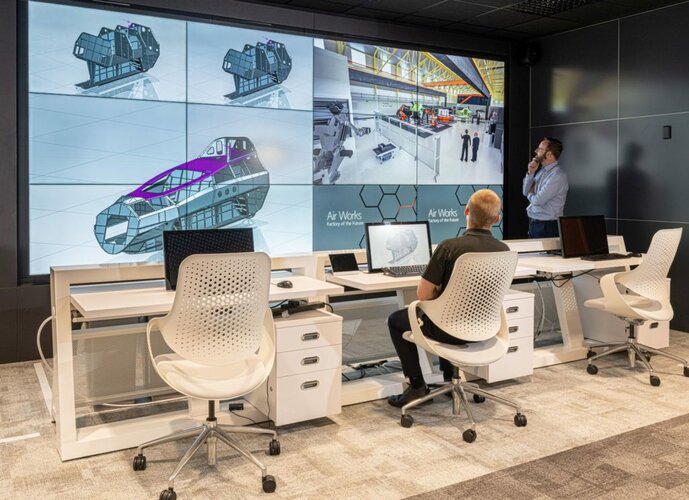Forest Green
ACCESS: Above Top Secret
- Joined
- 11 June 2019
- Messages
- 9,421
- Reaction score
- 17,161
That's at odds with news stories from the time.This sort of needs dealing with.
First off if like me you were paying close attention to the whole CVF process.....you'd notice that key decisions were put back on multiple occasions. Years wasted, and vast amounts of cost increased. But not at the time, cheaper now and someone else pays later.
Just as with the Type 45s, wasted opportunity to cut costs by large order.
Just as you'd know that study after study at MoD/industry kept producing the same result, something that wasn't a cheap Invincible like carrier. Because Invincible was never intended to run SHar ops off Yugoslavia or retake the Falklands.
SHar was extension of ships missile systems, minimal numbers, minimal capability.
To even run SHar in decent numbers and capability would drive up CV beyond Hermes size.
Yet why were they still answering those same questions for years?
Because Gordon Brown and the Treasury kept asking them.
And it was No.11 that kept kicking the can down the road on those same key decisions. Blair defered on this as on most of the economy.
The idea Brown was going to fast track this is revisionism.
Switch to CATOBAR (ocd happy now?) Was under Fox after 2010, and ran slap bang into hard reality.
That for full spec CATOBAR capability needed AWACS, training up dedicated Naval avators and far less capacity to skimp on running costs through 'peaceful years'.
STOVL was and is cheaper. Helicopter AEW
Naval component after common training.
RAF reinforcement in wartime.
Running costs, through life costs are far greater than mere purchase cost.
And it's what contributed to CVA-01 death back in the 60's.
Anyway QE was too far gone on build to stop and fit for CATOBAR, PoW was potentially but QE would have to complete as STOVL and be reworked for CATOBAR.
Cost cost and more cost before a single Cat and Trap. Then more cost to switch to F35-C and yet more cost to train up with USN to qualify.
RAF opposed the lot as it had sacrificed FOAS to be promised F35. Opposed a possible cherry picking FAA luring away RAF funded pilots.
RAF was taking ever more of ye burden on pilots and virtually the lot with fast jet FAA disbanded after Harrier II cut.
BBC - Peston's Picks: Aircraft carrier costs to rise by at least a billion (again)
The cost of Britain's controversial new aircraft carriers is set to rise by at least £1bn, and perhaps almost £2bn, as a result of the government's decision taken last October...














